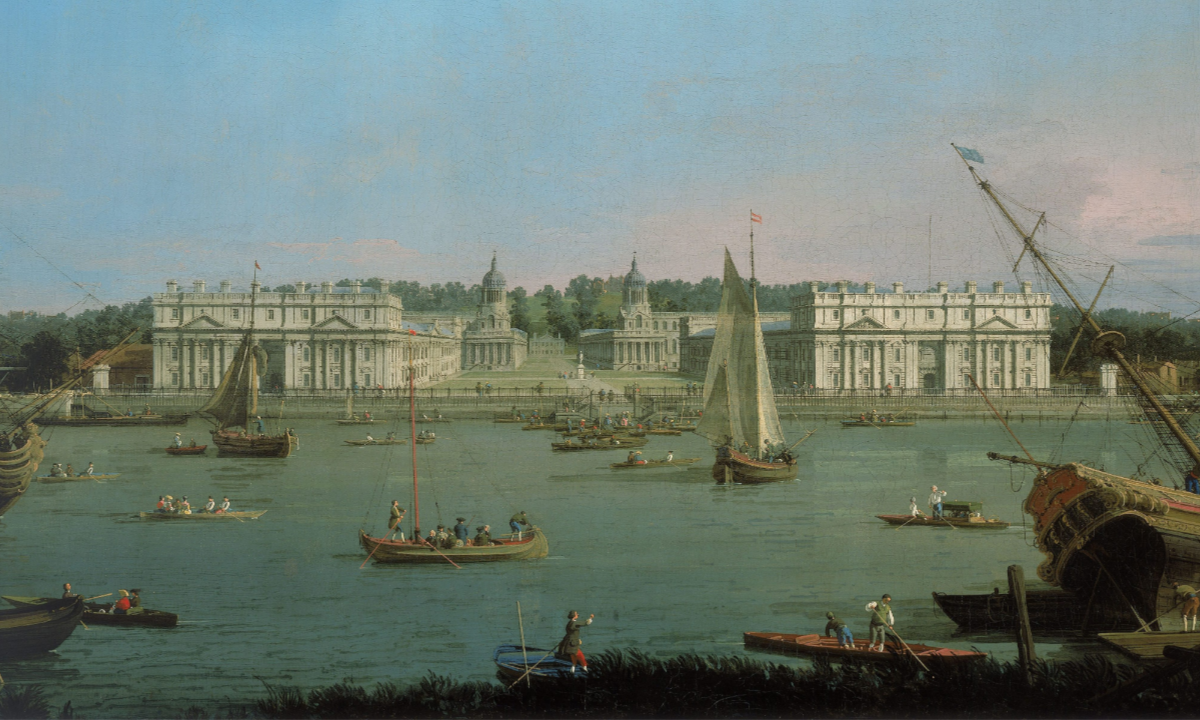
Greenwich has been the retreat of English and British royalty for centuries. Awarded ‘Royal Borough’ status for Elizabeth II’s Jubilee in 2012 it is, alongside Kensington & Chelsea and Kingston upon Thames, only the third London Borough to be so honoured.
Greenwich’s proud royal past has left a wonderful legacy of monarchical monuments. There are far too many to see in a single day – we recommend you base yourself in one of the borough’s many hotels, B&Bs or pubs, and spend a few days in your own ‘royal hunting ground.’
Royalty and Greenwich Palace
While Saxons, Normans Plantagenets, Stuarts and Hanoverians have all maintained close connections with Greenwich’s palaces, parks and peaceful spaces, it’s the Tudors who are most closely associated with it.
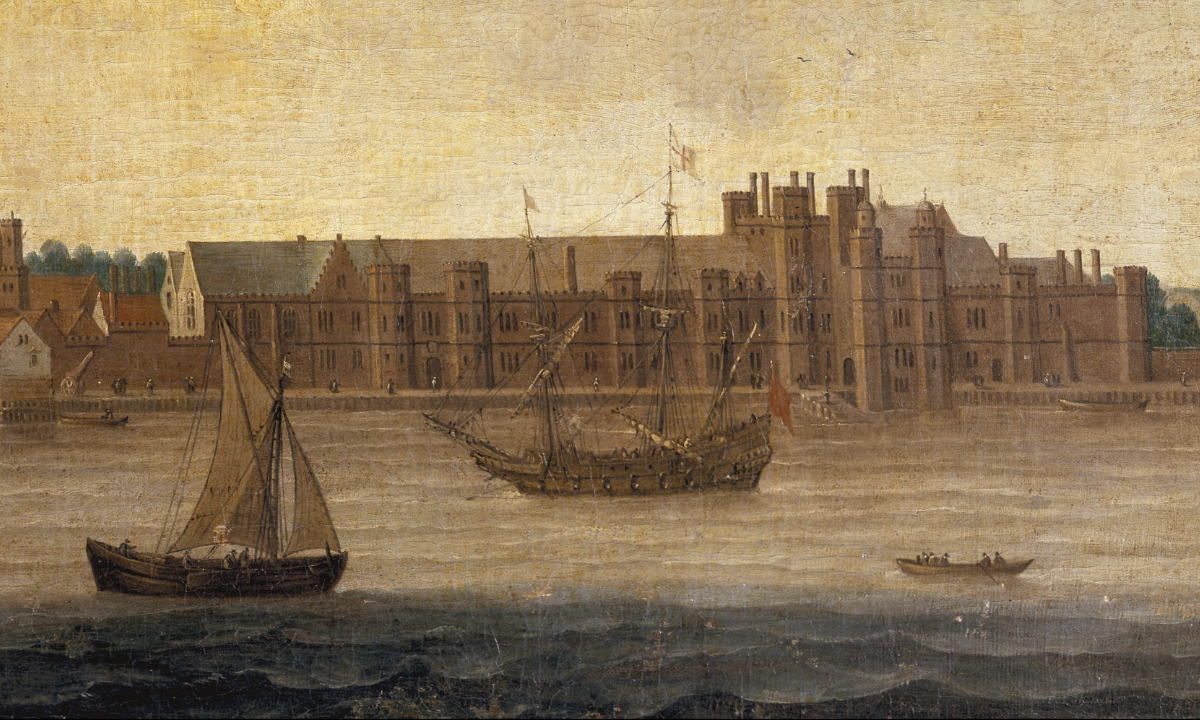
The riverside Palace of Placentia, better known by the later name of Greenwich Palace, was commenced in 1443 by Humphrey, Duke of Gloucester. Humphrey, who had acted as regent for the young Lancastrian King Henry VI, fell from favour and the palace passed into royal possession. Henry VI’s Tudor successor, Henry VII, significantly extended Greenwich Palace from 1498.
For centuries to come, it would now be the principal royal residence. Henry VIII and his daughters Mary I and Elizabeth I were all born and lived here. The palace eventually fell into disrepair and was chosen, in 1692, as the site of the Royal Hospital for Seamen at Greenwich by Mary II, Queen Consort of William III of England and II of Scotland.
Greenwich Hospital and the Old Royal Naval College
One of the UK’s most graceful architectural and landscape ensembles, the Hospital was designed by Sir Christopher Wren and Nicholas Hawksmoor. Remnants of Greenwich Palace including part of the vestry, tiles and some original foundations have all been found beneath the striking buildings.
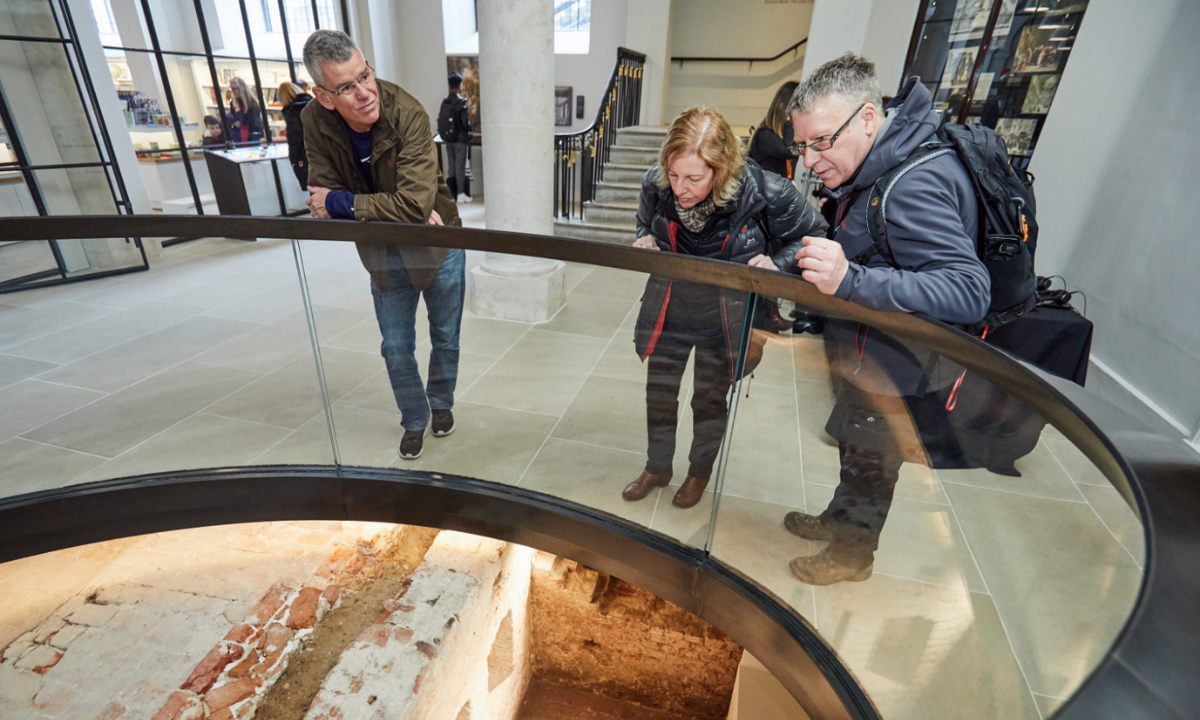
Image: © Oliver Rudkin
Greenwich Hospital operated as a home for retired and wounded seamen until 1869, assuming a new purpose four years later as the Old Royal Naval College (ORNC), where naval officers trained right up until 1998. Open to the public since 2002, the ORNC is an essential Greenwich highlight, bursting with royal pedigree and used to film scenes of ‘Buckingham Palace’ in Netflix’s hit series The Crown.
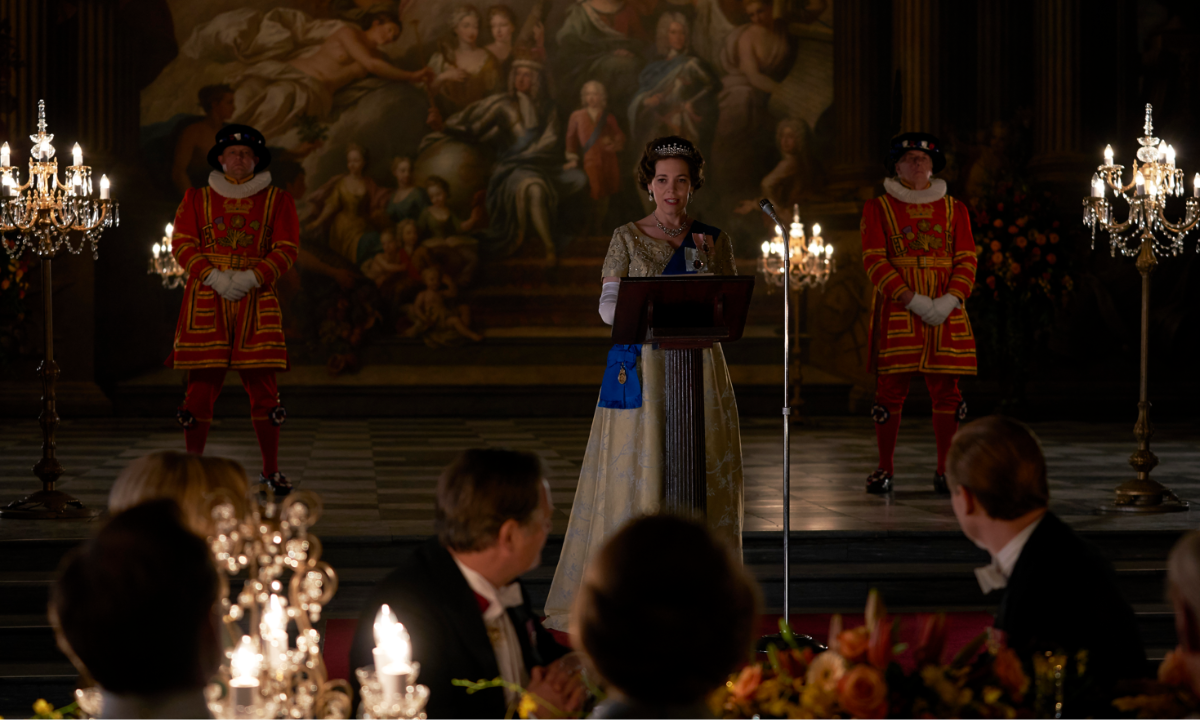
Some used by the University of Greenwich, the ORNC’s grand, symmetrical buildings surround courts named for King Charles, Queen Anne, King William and Queen Mary. A particular highlight is the awe-inducing Painted Hall. Created between 1707 and 1726 by Sir James Thornhill, its 40,000 square feet of frescoes celebrate Britain’s royal and naval heritage, combining to form a spectacular interior acclaimed as ‘Britain’s Sistine Chapel’.
Another is Sir Christopher Wren’s Chapel of St Peter & St Paul on the site of the former Royal Chapel where Elizabeth I worshipped. Gutted by fire in 1779, it’s been meticulously rebuilt and is well worth a visit.
The Queen’s House
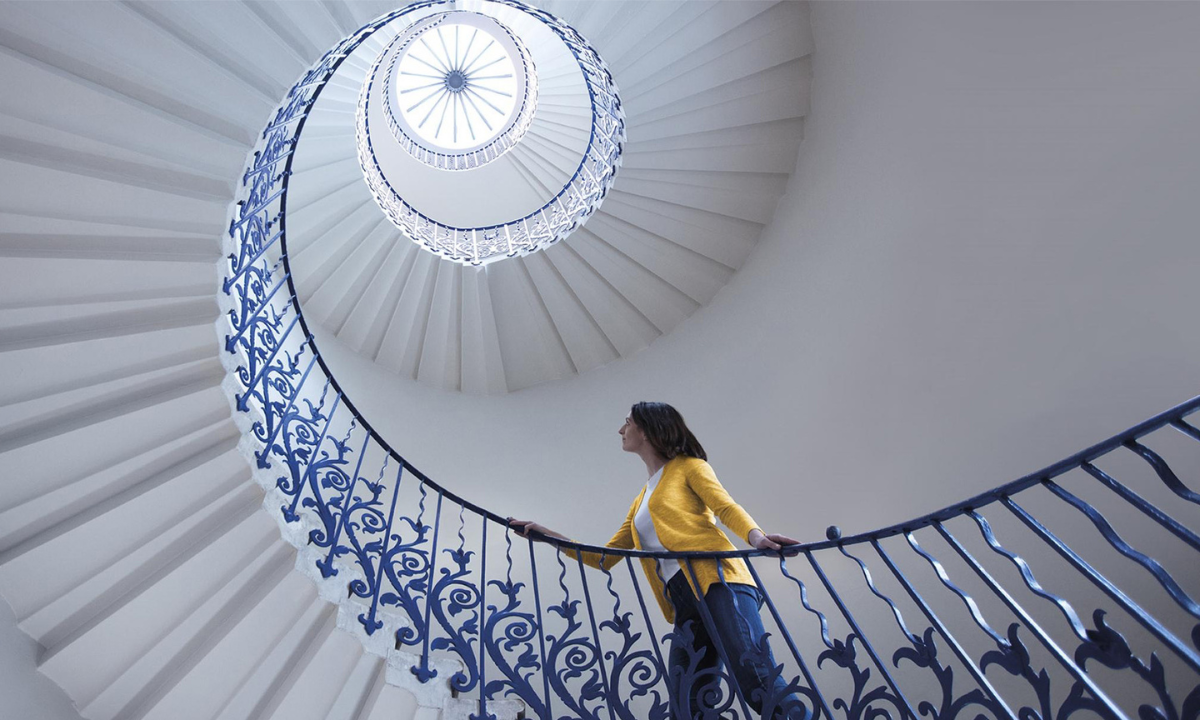
Anne of Denmark, Queen Consort of James VI of Scotland and I of England, is responsible for the UK’s earliest and finest neoclassical building – Greenwich’s Queen’s House (1616-1635). Designed by Inigo Jones, it’s another compulsory sight within the ORNC complex. Its 35m axial vista across the Thames to the city is one of London’s most photogenic, and its elegant galleries are adorned with permanent and temporary exhibitions.
Greenwich Park
Plenty of other royals have left legacies in UNESCO listed Maritime Greenwich, the borough’s historic heart. Uphill from the river is Greenwich Park, studded with 400-year-old chestnut and oak trees and affording some of London’s finest views. A former royal hunting ground, it became the country’s first enclosed park in 1433. Spanning over 180 acres of garden beds, paths and copses, it enjoys Grade I listing on the Register of Historic Parks and Gardens.
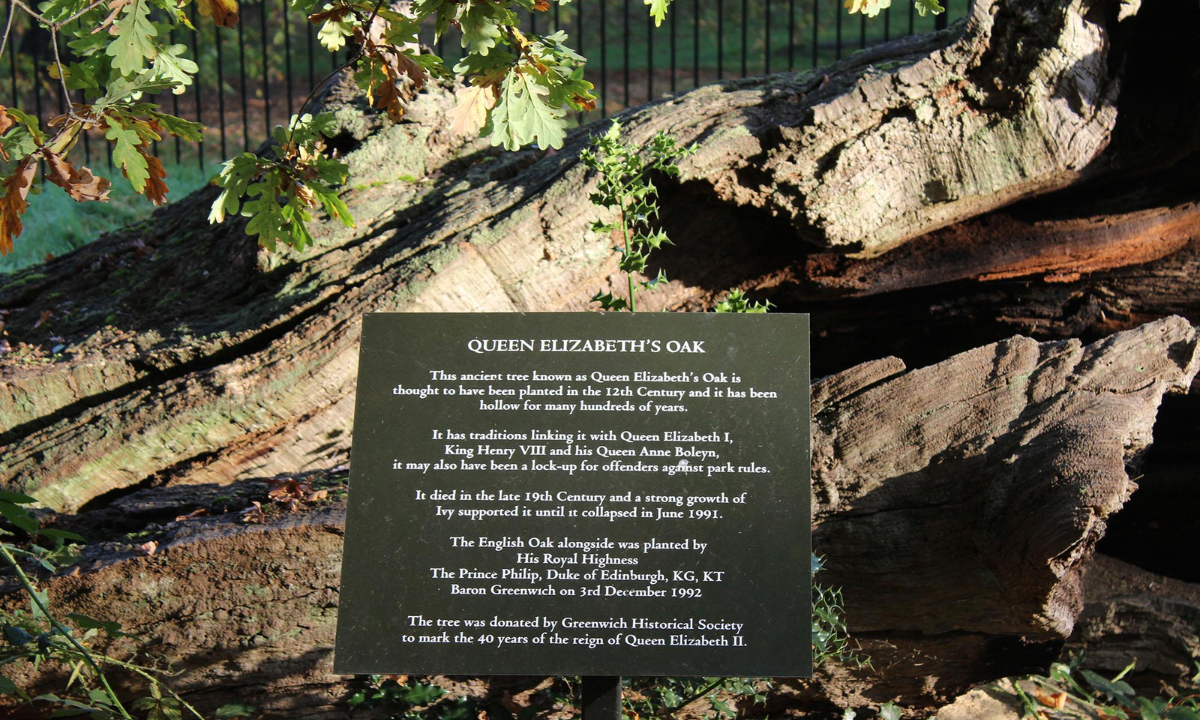
One sight within Greenwich Park with intriguingly personal royal connotations is ‘Queen Elizabeth’s Oak’. Planted in the 12th century, it’s said Henry VIII and Anne Boleyn danced around the ancient tree, and that their daughter, Elizabeth I, later picnicked beneath it. Toppled in a storm in 1991, the legendary husk of bark is marked today by a fence and plaque alongside a new baby oak, planted in its memory by The Duke of Edinburgh in 1992.
Royal Observatory and National Maritime Museum
Greenwich Park’s royal treasures also include the Royal Observatory and the National Maritime Museum. The Observatory, built on a hill once crowned by Greenwich Castle, was commissioned by the Stuart King, Charles II, in 1675. A fascinating historic and scientific destination in its own right, it’s also where you can straddle the Prime Meridian dividing east and west hemispheres. Greenwich Mean Time the precursor to today's Coordinated Universal Time (UTC), is measured from the Meridian.
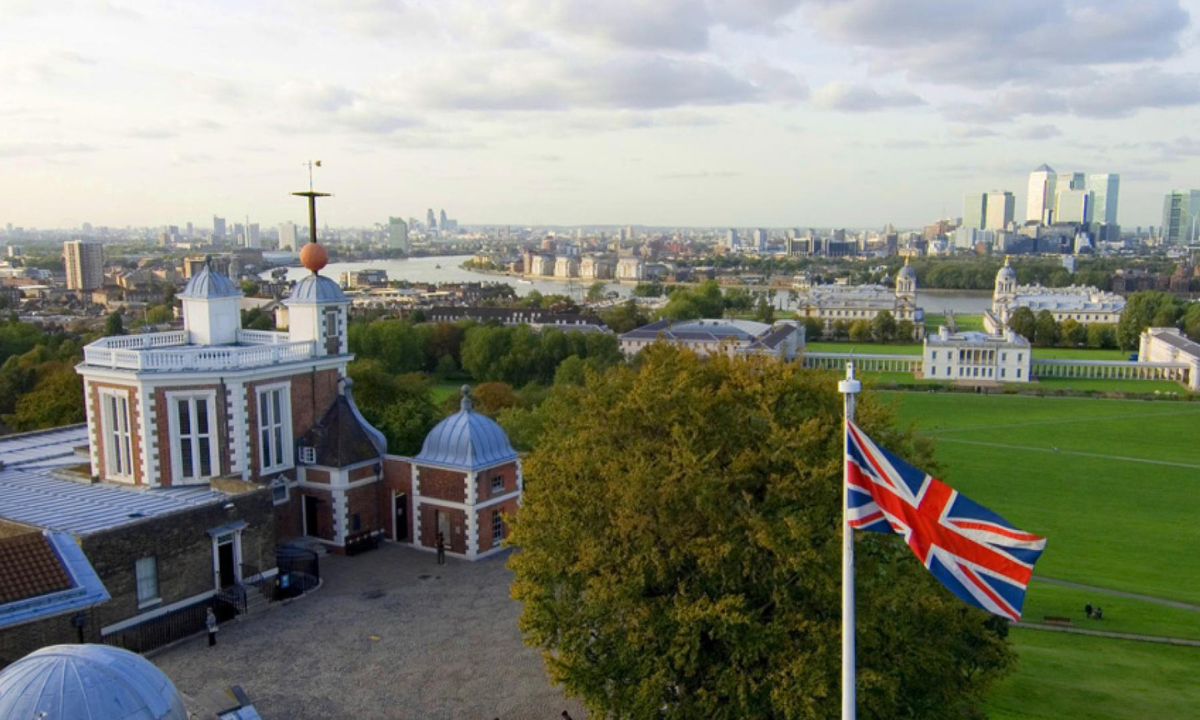
The National Maritime Museum, opened in 1937 by King George VI in company with his daughter, the future Elizabeth II, also sits within the former royal hunting ground. Its trove of over two million artefacts and naval artworks makes it the world’s leading maritime collection. One of its highlights, the Prince Philip Maritime Collections Centre, is named for the late husband of Elizabeth II. Book a behind-the-scenes tour for access to conservations studios and maritime treasures not currently on display.
Cutty Sark
.png)
The late, lamented Queen Elizabeth II was present at two ceremonies for the Cutty Sark – its opening in 1957 and again in 2012, following its restoration. The famous 19th century tea clipper, now preserved as a museum, was perhaps the fastest ship built in the last days of sail. Of course, it’s by no means the only sight in Greenwich with both royal and naval connections.
Woolwich Dockyard
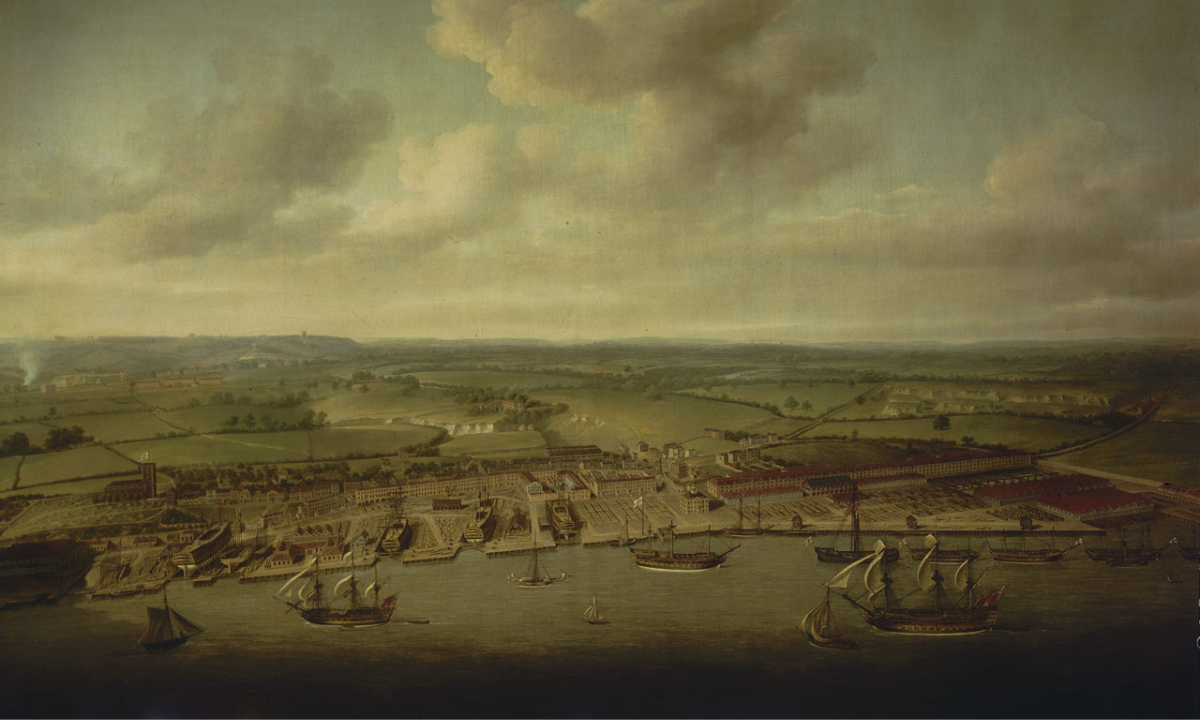
Henry VIII chose Woolwich as the site of the ‘King’s Yard’ dockyards in 1512. The first ship built here, the mighty royal flagship Henry Grace à Dieu, was for a time the largest warship in the world. The dockyards expanded continually from the 16th to the 19th centuries, at one point occupying 56 acres and producing the constant stream of vessels that kept Britain’s former naval supremacy afloat.
Eltham Palace & Gardens
Beyond Maritime Greenwich lies Eltham Palace and Gardens, another historic royal residence. Given to Edward II in 1305, it was the principal royal palace in the centuries before Greenwich Palace took over. Now an eclectic mix of styles – including art deco flourishes introduced by the industrialist Stephen Courtauld in the 1930s – its royal heyday was the 14th and 15th centuries.
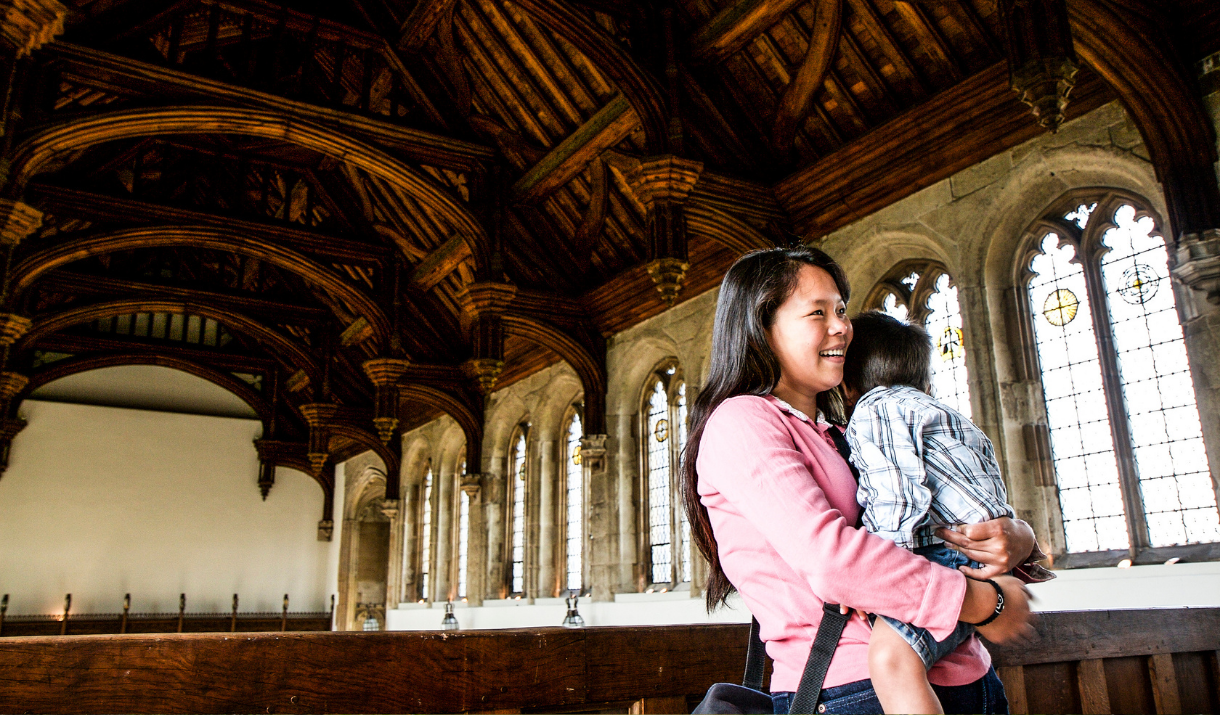
Edward III is rumoured to have been inspired to found the Order of the Garter at Eltham; Henry IV hosted the Byzantine Emperor Manuel II Palaiologos here in 1400; Edward IV built the Great Hall in the 1470s; Henry VIII spent his childhood here; and James VI of Scotland and I of England, the last royal to reside here, had four bridges built in the grounds in the early 17th century.
As you can see, you’ll need plenty of time to properly explore Greenwich’s royal riches. We recommend you stay for a few days and see them all at the leisurely pace befitting such a royal tour!
By Hugh McNaughtan
Related
Comments
Comments are disabled for this post.



 to add an item to your Itinerary basket.
to add an item to your Itinerary basket.

